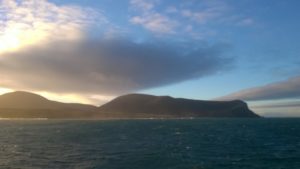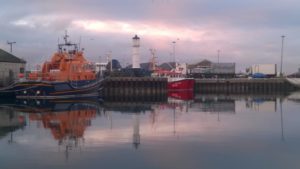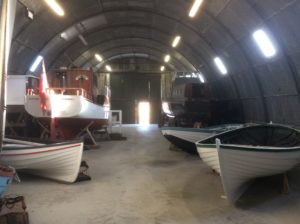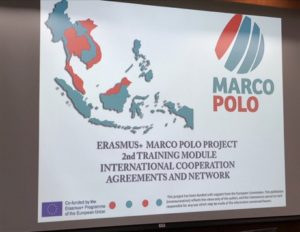
John Cleary and Katerina Strani from LINCS led the 2nd Training Module on International Cooperation Agreements and Networks, which is part of the Erasmus+ Marco Polo project (574027-EPP-1-2016-1-ES-EPPKA2-CBHE-JP), led by the University of Seville. The project includes 9 partners from Spain, the UK, Austria, Malaysia, Thailand and Vietnam, and seeks to strengthen International Cooperation amongst Higher Education Institutions by establishing new mechanisms to exchange experiences and good practices, providing training to HEI staff, creating a framework for mobility of students and staff, and fostering research abilities by creating international research groups.
The 2nd Training Module on International Cooperation Agreements and Networks took place on 21st – 25th August at Universiti Sains Malaysia, in Penang, Malaysia. The first day was spent presenting the participating institutions: the hosts, Universiti Sains Malaysia, the University of Malaya, Prince of Songkla University, Naresuan University, Hanoi University, PTIT and Heriot-Watt University. On the second day, John and Katerina led discussions on internationalisation in the Higher Education sector and what this means for individual institutions. Differences in conceptualisations, priorities and strategies already started to emerge. The day continued with an interactive workshop on international cooperation agreements and networks and a subsequent talk by Dr Khairul Anuar Che Azmi from the USM legal office. The workshops continued on template agreements, analysing risk and developing institutional strategies for network building and internationalisation.


The third day continued with more workshops on teamwork and building trust in cross-cultural teams, as well as building and sustaining virtual networks using social media.

All delegates visited the impressive – to say the least – USM’s International Mobility and Collaboration Centre (IMCC).
Here’s how IMCC staff and ‘buddies’ welcomed the delegates:
The fourth day focused on discussion and reflections on the week’s activities and drew parallels between institutional strategies. It also focused on future collaborations and included meetings with USM Heads of Schools and Departments. We were particularly honoured to have had the opportunity to have a meeting with the Vice-Chancellor of USM Professor Datuk Dr. Asma Ismail and discuss with her the university’s vision, priorities and opportunities for collaboration.
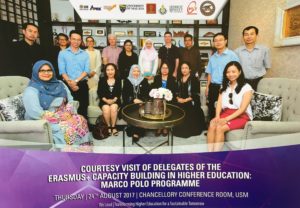
The final day continued the networking activities at a more informal basis and included a tour of Georgetown, the capital city of Penang. Georgetown is unique in its diversity and richness in culture, heritage, architecture and food. The oldest portion of the city centre is a UNESCO World Heritage Site. A blend of Chinese shophouses (“clan jetties”), Chinese temples, Hindu temples and Mosques Georgetown has also retained some colonial-style buildings, English street names and an Anglican church, St George’s (unsurprisingly). The Street of Harmony is testimony to the matchless diversity of the city.

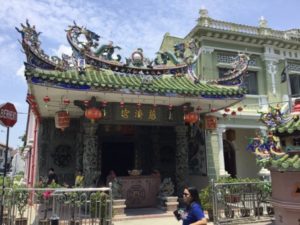

A promising project module that establishes important international networks could not have taken place in a better setting than unique Penang, in an unparalleled environment of rich cultural heritage, tremendous hospitality an and mouthwatering food.
Terima kasih !
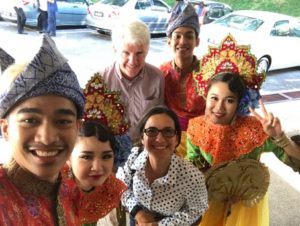
![]()
![]()

